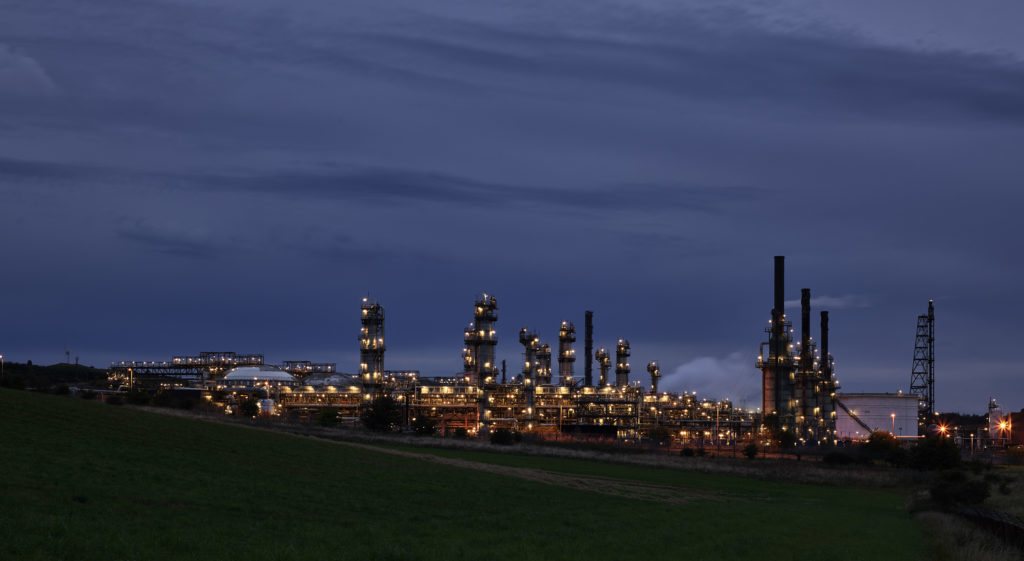
Shell’s plant manager at Fife NGL at Mossmorran said the plant was critical to the company’s North Sea exploration and production plans for years to come.
Teresa Waddington, in the role since September 2017, said Fife NGL would be fed with gas up to 2036 from reserves which have already been identified.
She said Shell was doing “real exploration” in the North Sea and that Mossmorran was a “critical part of that”.
Ms Waddington was surprised by the cultural differences between workers at Fife LNG and her former colleagues in the Canadian oil sands business.
The depth of workers’ expertise in Fife is incredible, and they are more than willing to share it, she said.
She was also impressed by her new co-workers’ adherence to rules, but is keen to encourage innovative thinking, within safe boundaries.
“It’s a fun challenge reinvigorating the thinking mindset,” she said. “We’re creating a platform for change that’s going to help everyone.
“We’re reconnecting with the front line. I received incredible training from my team and they’ve got a perspective on how things can be done differently.”
Ms Waddington also spoke about flaring at Mossmorran.
Scottish Environment Protection Agency (Sepa) said maintenance failures led to elevated levels of unplanned flaring in breach of environmental controls between June 12 and 18 last year.
Ms Waddington said the volumes of gas flared at NGL were well within the environmental restrictions placed on Shell.
But she said Shell was “100% clear” that minimising flaring was best for the community and business.
She said: “From a business standpoint, flaring is terrible − you’re putting your product up in flames, so our preference is not to do it.
“But it’s how the system works. We need to flare during maintenance. We need to empty modules before we can work on them.
“We have to push as much liquid out as we can. Up to a certain point you cannot push out any more through other means. Then you open up the flare system.”

